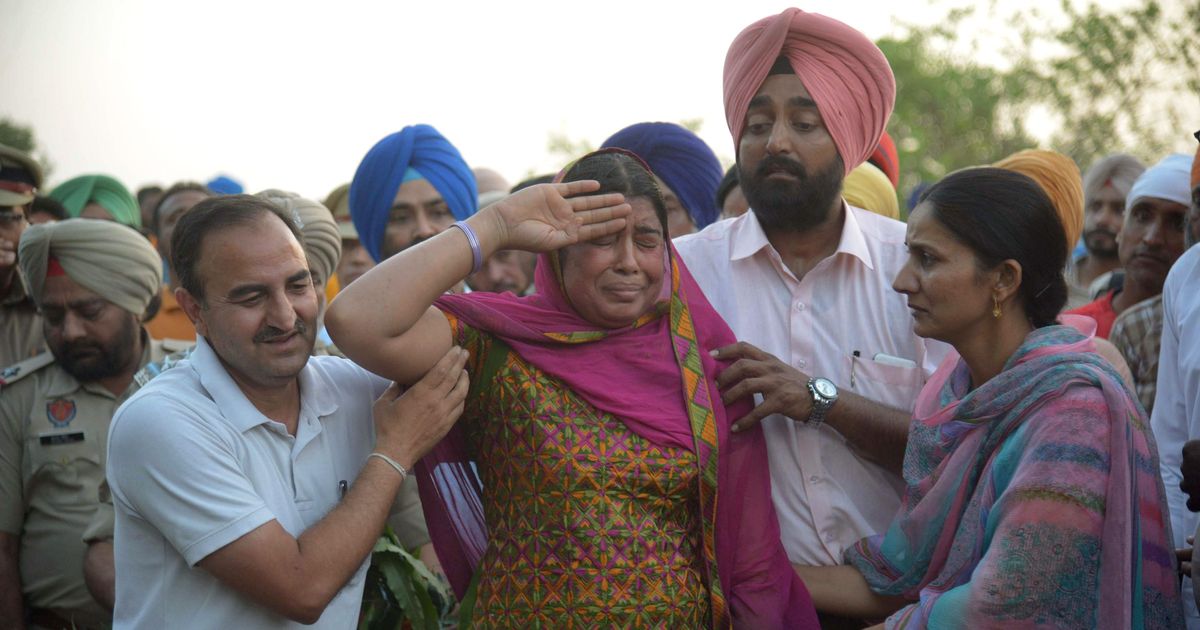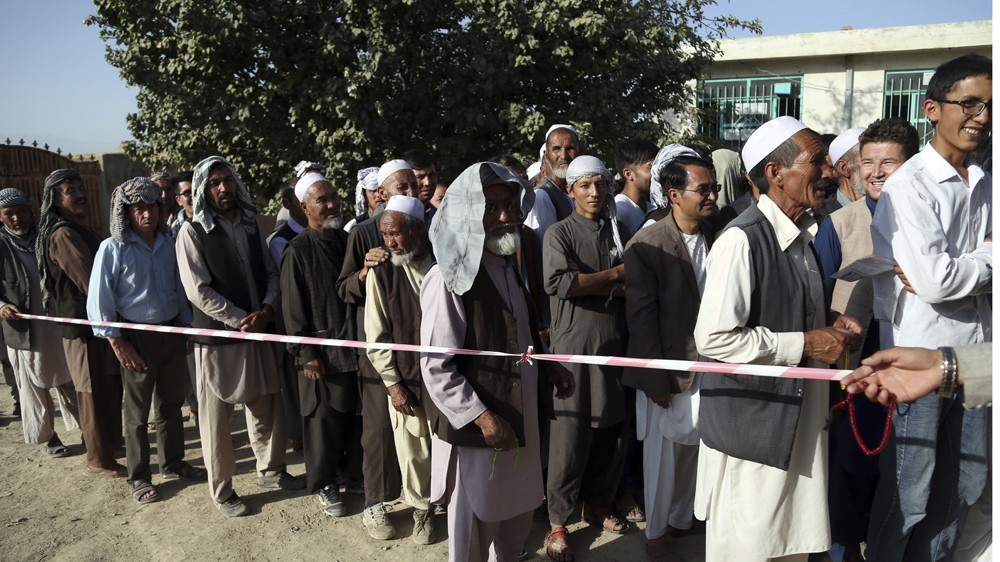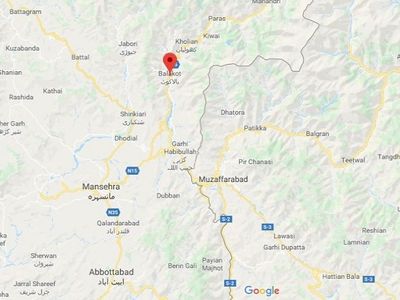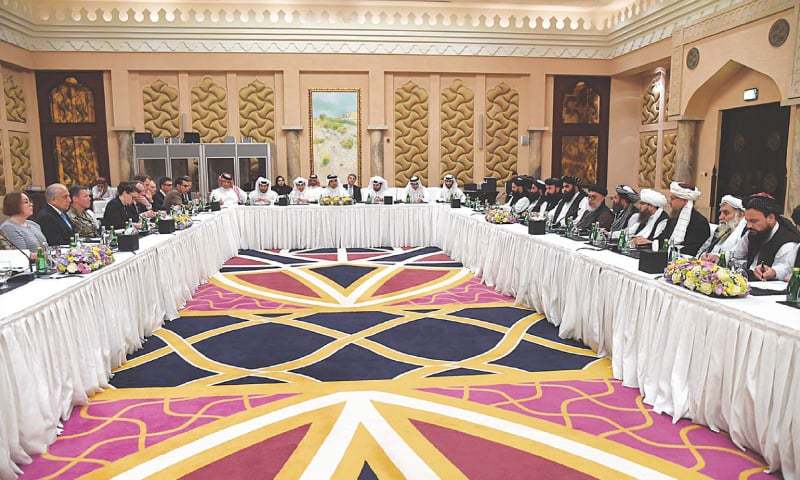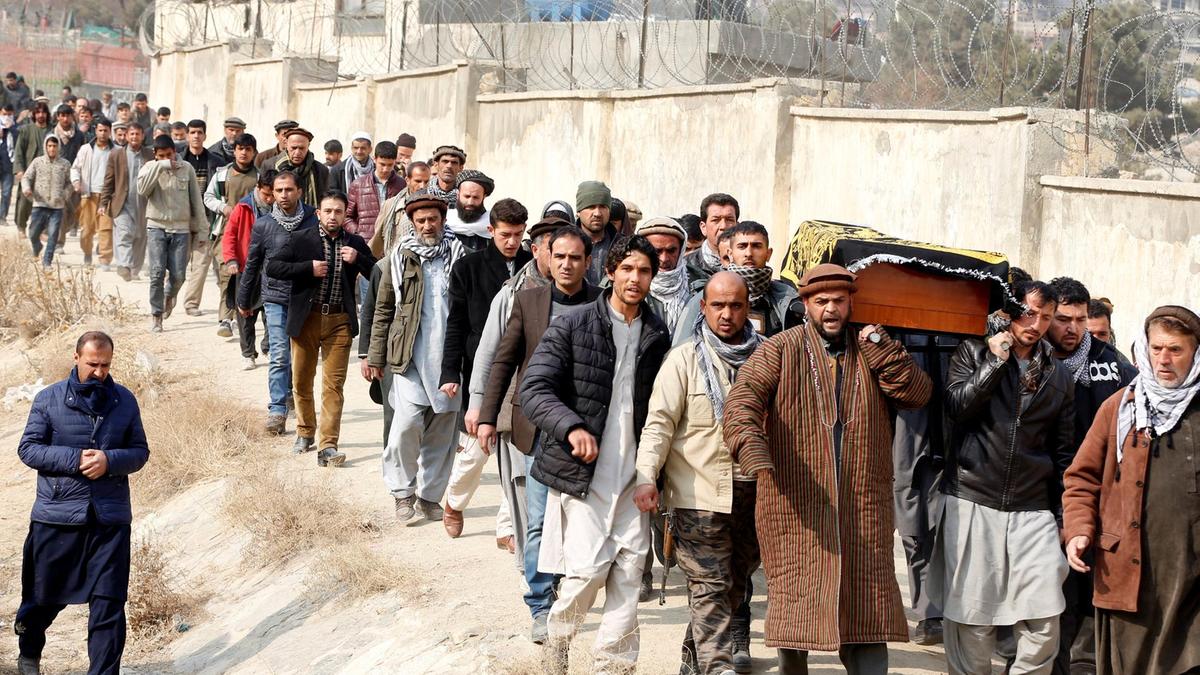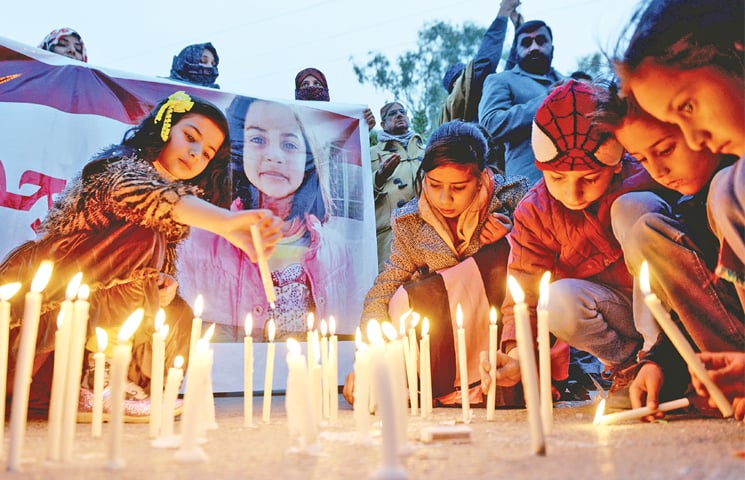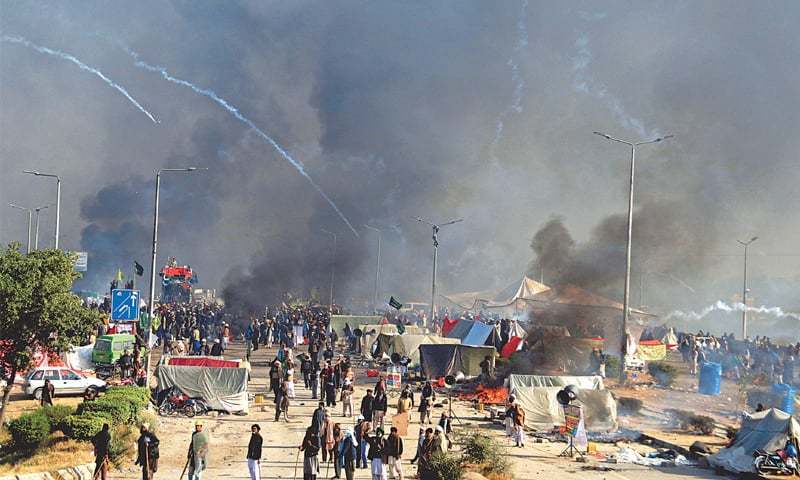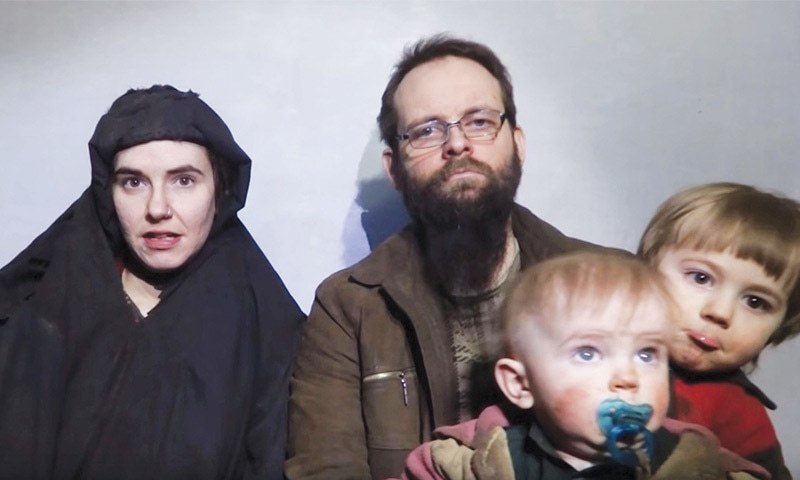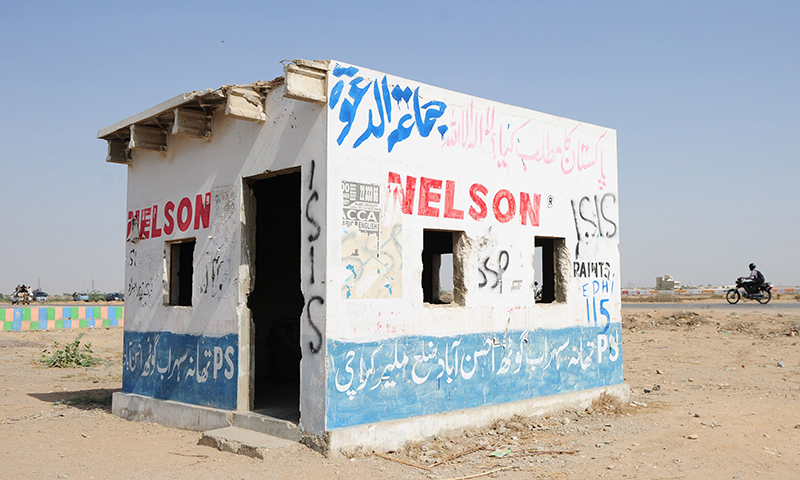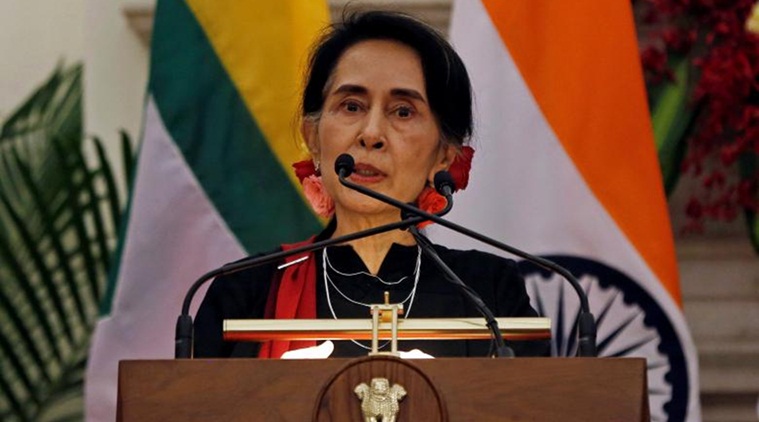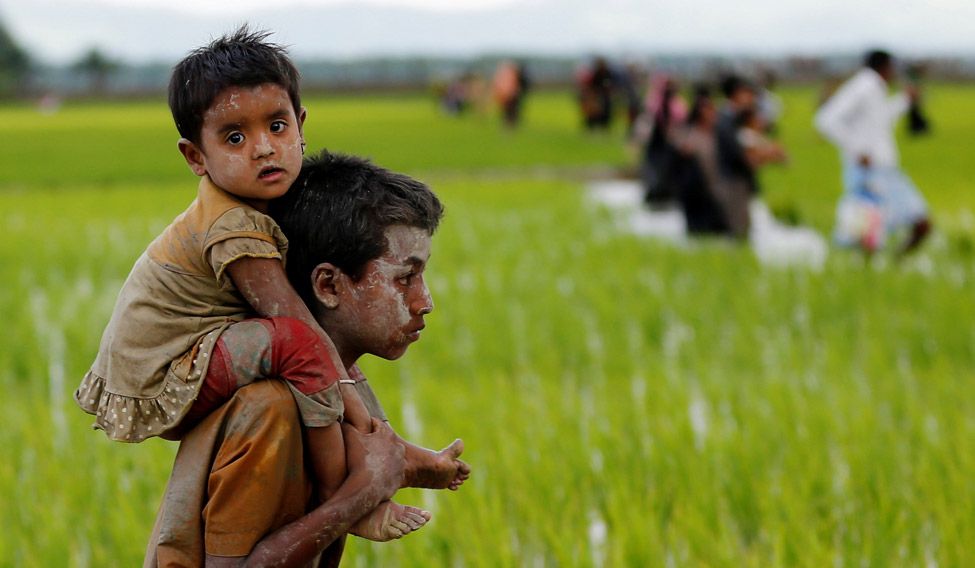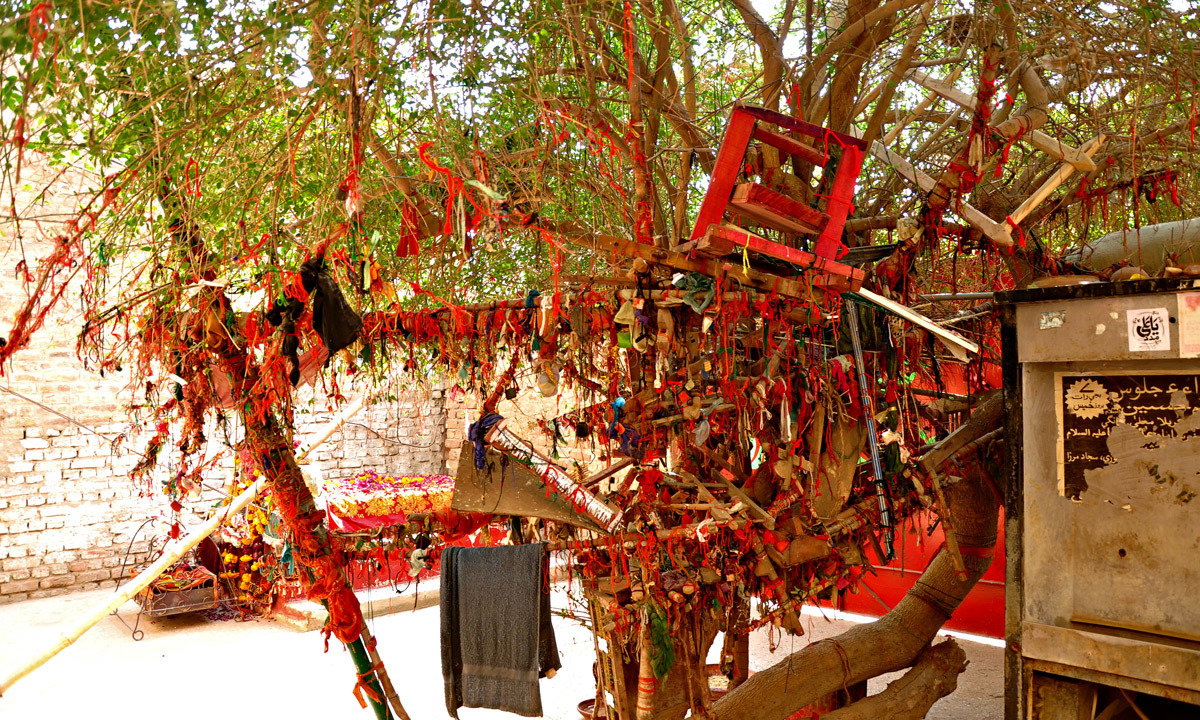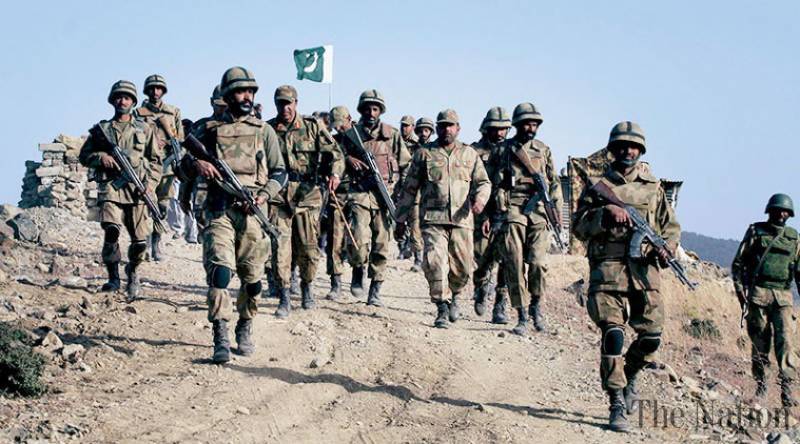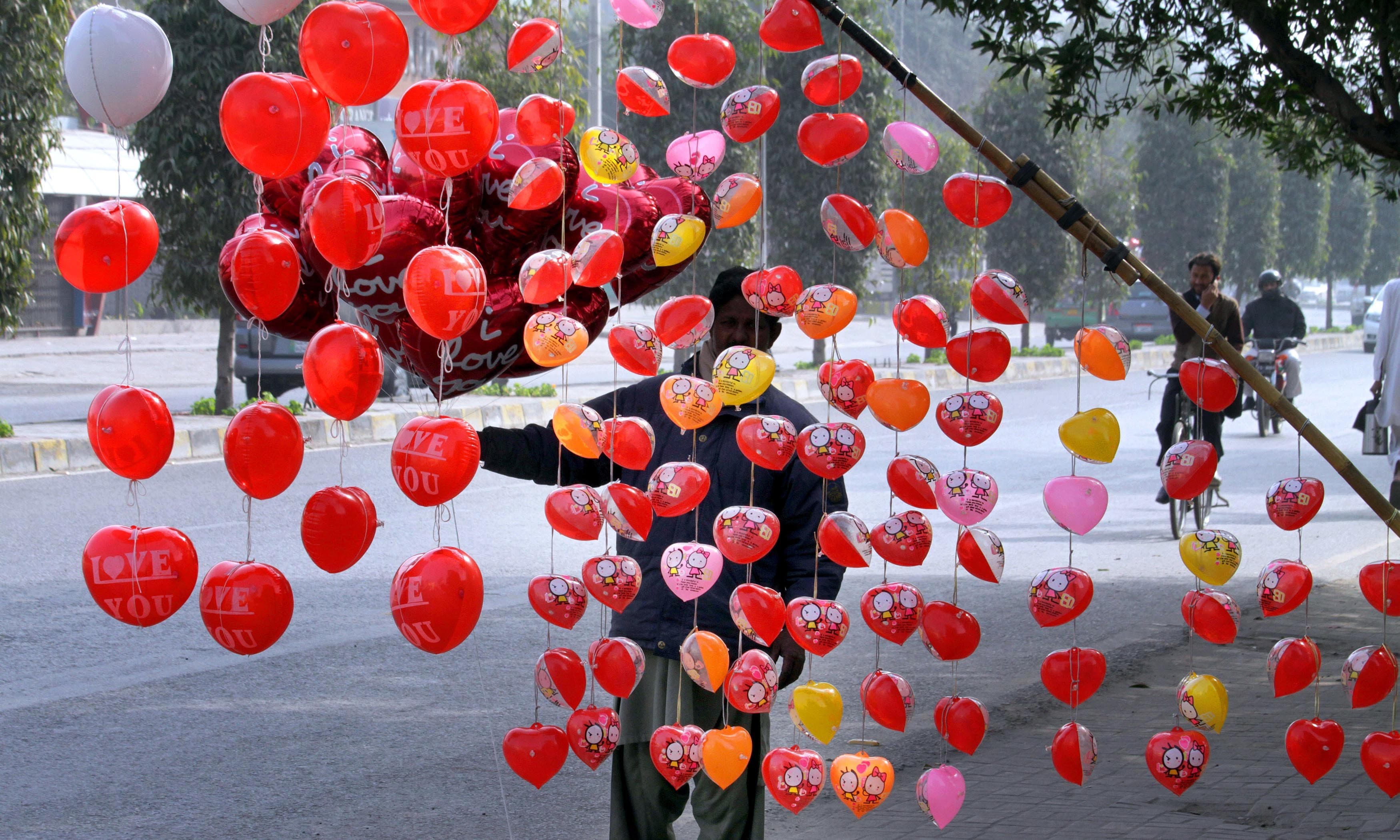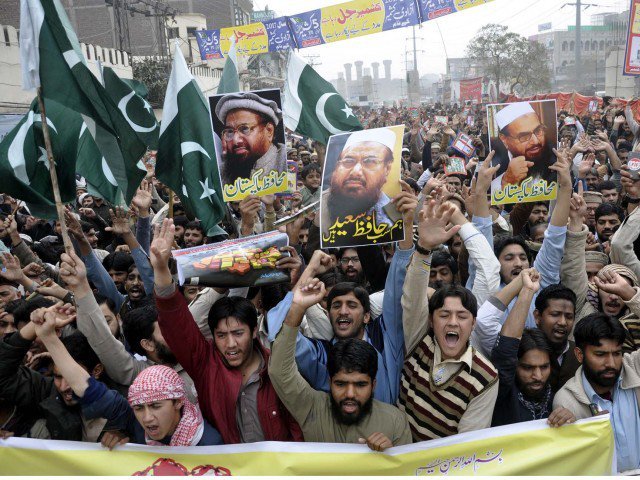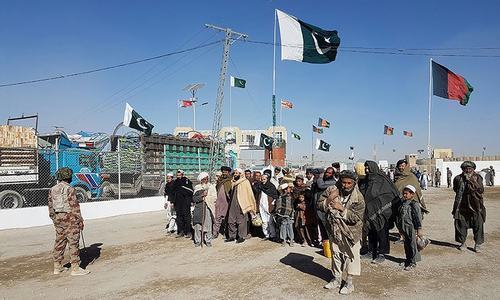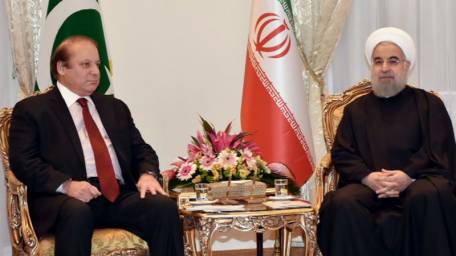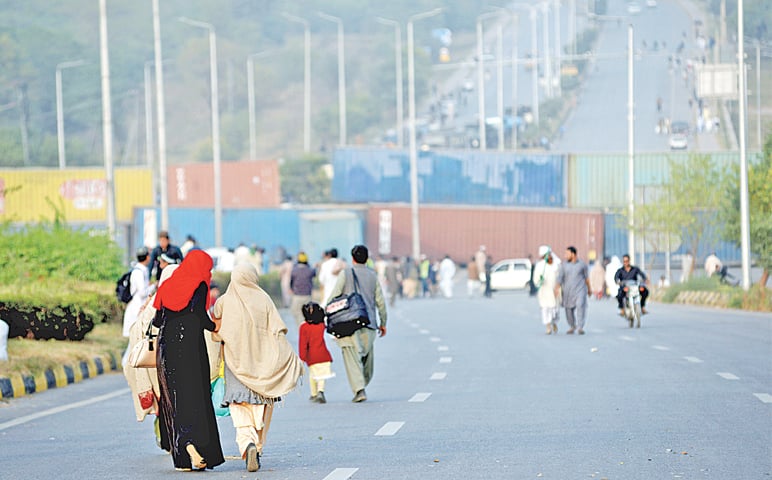
There are immediate and long term impacts
of the protests that are now in progress in the twin cities. Some are visible,
and the rest are invisible. The primary question would be: is the TLY
protesting one its own, to score political goals for itself? Or, is the TLY
being used as a tool, to undermine the PML-N and address a larger political
goal by the Deep State?
Conflict Reader # 39, 29 November 2017
CR Analysis
D. Suba Chandran
Professor
International Strategic and Security Studies Programme (ISSSP)
National Institute of Advanced Studies (NIAS), Bangalore
For Islamabad and Rawalpindi, it should be a déjà vu. This time, the culprit is the Tehreek Labaik Ya Rasool Allah (TLY), a radical group that supports the Blasphemy Law in Pakistan and became popular with their support for Mumtaz Qadri, the assassin of Salman Taseer, the Governor of Punjab.
The demands (Khatm-i-Naboowat declaration in the Election Act 2017) of the protestors are more of an excuse. In early October, the National Assembly did pass an amendment to restore the original oath. (The Election Bill 2017, in one of the forms, on the subject relating one’s belief on the finality of the prophethood, replaced the phrase “I solemnly swear” with “I believe”). The National Assembly claiming it as a “clerical error” did restore the original last month. However, the groups that were protesting against this, is in no mood to listen, even after the clause was restored. Now they want to sack the minister of law.
Clearly, the above is being used as an excuse to block Islamabad and Rawalpindi, to prove a political point, project the helplessness nature of the governments in Islamabad and Punjab, and reap benefits further with that.
And then there are larger political objectives of the TLY, and some conspiracy theories, including the Deep State supporting them to undermine the PML-N. The TLY came on 8 November to block the two major routes – the Murree Road and the Islamabad Expressway linking Rawalpindi with the national capital – Islamabad. The Faizabad interchange seems to be the venue for the main action
Neither the government of the national capital, nor the administration in Rawalpindi has made any initiatives to disperse the protesters from blocking these two routes. Nor has the Deep State, that felt it imperative to block the Ministry of Internal Affairs from entering a court premise without anyone authorizing it, found it necessary to take any action. Why would they, if it is a part of their larger game?
TLY’s Protest Politics: Immediate and Long Term Implications
There are immediate and long term impacts of the protests that are now in progress in the twin cities. Some are visible, and the rest are invisible.
The primary question would be: is the TLY protesting one its own, to score political goals for itself? Or, is the TLY being used as a tool, to undermine the PML-N and address a larger political goal by the Deep State?
Immediate impacts are easier to see and understand. The commuters – for work, business and other related functions got stranded. The administration has stopped the Metro services fearing any damage by the protesters. School attendance got affected.
Long term impacts, however, are not difficult to fathom. Is the TLY trying to enhance its political image further?
During the recent two National Assembly elections in Lahore (NA-120) and Peshawar (NA-04), the Labaik candidates have polled substantial votes. In Lahore, the Labaik has polled more even than the PPP! So, is the TLY trying to expand its political base?
Certainly, groups like the TLY may not be able secure sufficient votes to win seats, but can split the votes in Punjab and eat into the PML-N base. The general perception is – that the Barelvis in Punjab vote for the PML-N.
Second, is there a sectarian motivation for the TLY within the Sunni fold? The TLY has a Barelvi following. There is enough in the open literature to support the argument that the TLY is exploiting the name of Mumtaz Qadri, a Barelvi follower.
One could notice a trend in the recent years, especially since the Mumtaz Qadri trial, and subsequently his hanging. The Barelvi politics pre and post-Qadri hanging seem to be driving towards a particular objective: consolidate the Barelvi votes.
Third, the government’s response so far. In the first three days of the protests, the administrations in Islamabad and Rawalpindi seem to be in no mood to clear the protestors and resume traffic. Doing so would mean forceful vacation, leading to the use of force, leading to violence. Perhaps the protestors want to invite force to indulge in violence. Or, they understand that the government would not want to take them on in the streets, and engage in negotiations. Either way, they win. The government lose.
Fourth, is the PML-N playing safe? Instead of taking action, do the policymakers want to sit tight and do nothing, leading to common men and women getting frustrated and get angry with the protesters? Or, is there an expectation, which the protesters would get fatigued and leave on their own?
What does the government inaction mean? Won’t this encourage similar protests in the future, and make Islamabad a target?
Is there a conspiracy? Karachi First. Will Lahore be next?
A final question would be: is there a conspiracy, to make the PML-N look impotent, by allowing radical groups to sit in? Worse, is there an indirect support to the TLY, as a part of a larger plan to undermine the PML-N in the 2018 elections?
In Karachi, certainly, there seems to be a plan for the Deep State in reengineering the political landscape. One could see the role played by the Deep State in forging an alliance behind the two factions. Mustafa Kamal, Chairman of the PSP (that announced an alliance with the MQM-Pakistan) has made a public statement that the Establishment was behind the two parties coming together. Though this seems to be a failed attempt, as Farooq Sattar, leader of the MQM-P is now backing out, one could see a trend – the Establishment trying to engineer politics in provinces.
If Karachi was a beginning, are the ongoing protests a part of a similar plan for the twin cities?
